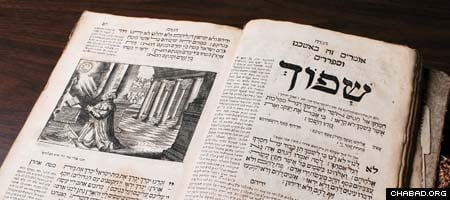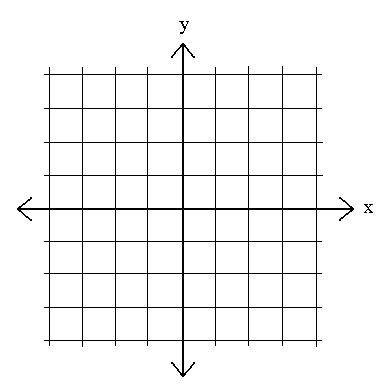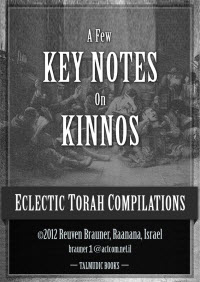VI. The Holocaust in the Discourse of Popular American Jewish Culture
The role of the Holocaust in the civil discourse of American Jews comes more sharply into focus through critiques in contemporary imaginative fiction. It plays an important role in popular Judaic non-systemic (counterculture) folk representations. Consider the blunt example of the writings and experiences of Philip Roth. (Cf. Young, pp. 109-112, for further discussion of Roth.)
Roth in The Facts: A Novelist's Autobiography (New York, 1988, pp. 127-130) recounts an anecdote that he calls his "excommunication" at a Yeshiva University symposium on fiction he participated in New York in 1962. At this "trial" he tells us he was grilled mercilessly by a moderator and audience who began after him with the question: "Mr. Roth, would you write the same stories you've written if you were living in Nazi Germany?" As framed, the query was merely a cloak for a dagger aimed at the heart of Roth's literary expressions. The questioner transparently meant, "Are you not a self-hating Jew?" Roth was so shaken by the attack, he could not respond at the time. Instead, he says, he has given his answer many times over in the fiction he has published, in his discourse, since that incident.

Of course, Roth could have answered easily and obviously. He was a product of Jewish cultural processes over several generations in an American democracy. He wrote for an American non-racist audience. He was nurtured on the great achievements of English literature. Jews within German society had no such nurture and faced an openly hostile racist culture. Roth could only have written his oeuvre for us. We read him, understand him, despise him or laugh with him and respond to his characters and caricatures.
Through his fiction he challenges the basic discursive truths of Judaic life and, in my view, allows us to better judge their cultural value and purpose. Roth's recent parody of Holocaust memory within American Judaism and the Zionist setting was also one of his most radical. In The Counterlife he developed the following.
The book's protagonist Nathan Zuckerman finds himself on a jet flight from Israel sitting next to Jimmy Lustig, of the West Orange Lustigs. Jimmy is a psychotic reversioner returning from study in the Diaspora Yeshiva. He plans to hijack the plane to Germany and issue a press release aimed at "regeneration for the Jews," (Philip Roth, The Counterlife, New York, 1988, pp. 188-9)
FORGET REMEMBERING
I demand of the Israeli Government the immediate closing and dismantling of Yad Vashem, Jerusalem's Museum and Remembrance Hall of the Holocaust. I demand this in the name of the Jewish future. THE JEWISH FUTURE IS NOW. We must put persecution behind us forever. Never must we utter the name "Nazi" again, but instead strike it from our memory forever. No longer are we a people with an agonizing wound and a hideous scar. We have wandered nearly forty years in the wilderness of our great grief. Now is the time to stop paying tribute to that monster's memory with our Halls of Remembrance! Henceforth and forever his name shall cease to be associated with the unscarred and unscarable Land of Israel!
ISRAEL NEEDS NO HITLERS FOR THE RIGHT TO
BE ISRAEL!
JEWS NEED NO NAZIS TO BE THE REMARKABLE
JEWISH PEOPLE!
ZIONISM WITHOUT AUSCHWITZ!
JUDAISM WITHOUT VICTIMS!
THE PAST IS PAST! WE LIVE!
In the novel, but a few pages later, Jimmy backs off. The press-release was just an irrepressible, offensive Jewish joke. As Jimmy says, "Come on, you think I'd be crazy enough to f--k around with the Holocaust? I was just curious, that was all. See what you'd do. How it developed. You know. The novelist in me." (Ibid., p. 193)
Roth's artifice is an inversion of remembrance. He casts the scene in terms of the most visible contemporary context of political violence - airline hijacking. Roth pits recent reversionary forms of Judaism against accepted American communal forms, and against State-sponsored monumental discourse. These fictive memories have undoubtedly been shaped and cultivated under the repression of the corporate personality of the system of civic American Judaism. Roth's characters express as their response a fierce struggle over the acceptance or rejection of the central belief system.







 The seventh yahrzeit of my father, Rabbi Dr. Zev Zahavy, is tonight and tomorrow.
The seventh yahrzeit of my father, Rabbi Dr. Zev Zahavy, is tonight and tomorrow.
 New Yorker has been churning out amazing content in the past few issues. David Remnick continues that flow with his account of Philip Roth's eightieth birthday celebration in Newark.
New Yorker has been churning out amazing content in the past few issues. David Remnick continues that flow with his account of Philip Roth's eightieth birthday celebration in Newark.
 What is the most expensive Haggadah in the world?
What is the most expensive Haggadah in the world?


 Who would not want their published work compared to that of Herman Melville's, Moby Dick?
Who would not want their published work compared to that of Herman Melville's, Moby Dick?
